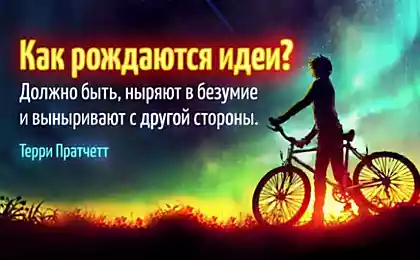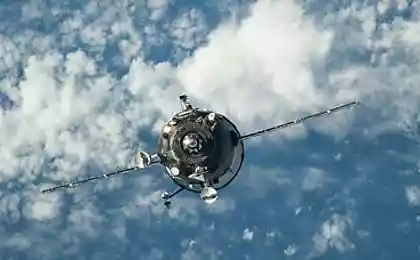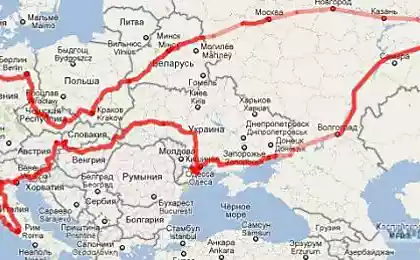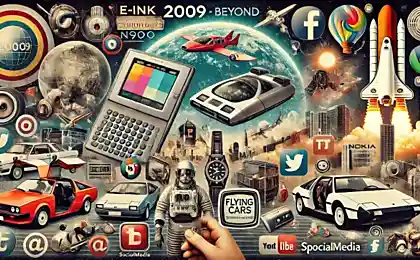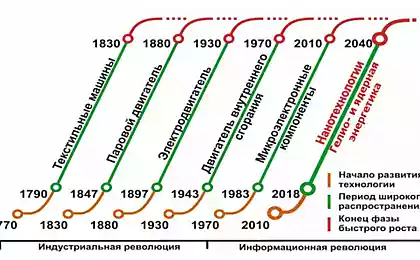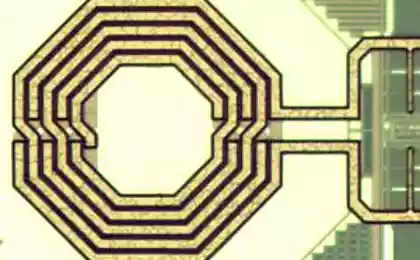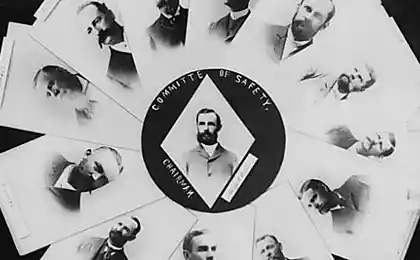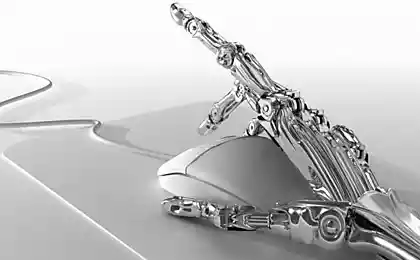154
5 familiar things that will soon disappear

We live in an era of unprecedented technological change, in which everyday objects and practices are disappearing faster than we realize them. Each generation is determined not only by what it gains, but also by what it loses in progress. Today, we are on the verge of revolutionary changes that will radically change our daily experience.
Over the past twenty years, we've already taken a lot of technologies on their last journey, from cassette tapes to fax machines, from phone booths to physical maps. But even deeper transformations lie ahead, affecting the very foundations of our interaction with the world.
1. Physical keys and locks
73%
New residential complexes in developed countries are already using digital access systems
Metal keys, faithfully served humanity for thousands of years, are rapidly disappearing into the past. Biometric scanners, smart cards and mobile applications are already replacing traditional locks in offices, hotels and residential complexes.
Modern access systems use facial recognition, fingerprints and even the retina. Apple introduces U1 chips into its devices, which allow you to automatically unlock doors when an authorized user approaches.
The advantages of digital locks are obvious: the inability to lose the key, remote access control, detailed logs of visits. But with convenience comes new risks: cyberattacks, power outages, and potential surveillance.
Practical advice:
If you are planning to install a smart lock, choose models with a backup mechanical key and self-powered. This will provide access even in the event of technical failures.
2. Cash money.
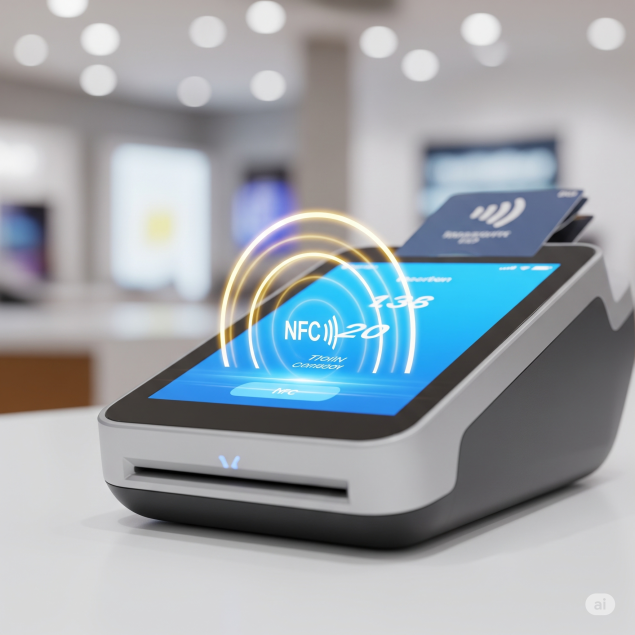
Paper bills and coins are disappearing from our daily lives at an astonishing rate. Sweden has already become a cashless country, where even church donations are accepted through mobile apps.
80%
All transactions in Sweden are made without the use of cash.
The COVID-19 pandemic catalyzed this process: Concerns about the transmission of the virus through banknotes accelerated the transition to contactless payments. Central banks in many countries are actively developing digital currencies (CBDCs) that can completely replace physical money.
Money is evolving from physical objects to digital records, and this change is fundamentally transforming the economic relationship between people and states.
The disappearance of cash has serious social consequences: full transparency of financial transactions, exclusion from the economy of those who do not have access to digital technologies, and the potential for full control over personal spending.
It's important to remember: The transition to a cashless society should be accompanied by measures to protect privacy and ensure financial inclusion for all segments of the population.
3. Manuscripts
The art of handwriting is experiencing a dramatic sunset. Many schools no longer teach cursive writing, and young people are increasingly choosing to type on a keyboard or use voice input.
Studies show that handwritten text activates other areas of the brain compared to printed input. Handwriting helps to better remember information and develop creative thinking.
Digital technologies offer alternatives: smart pens that translate handwritten text into digital format, tablets with press-sensitive screens, handwriting recognition programs. But all these innovations only mask a basic trend: physical writing becomes archaism.
Recommendation for parents:
Encourage children to write by hand for at least 15-20 minutes a day. This can be a diary, letters to relatives or simply rewriting your favorite poems. This practice develops fine motor skills and cognitive abilities.
4. Physical storage media
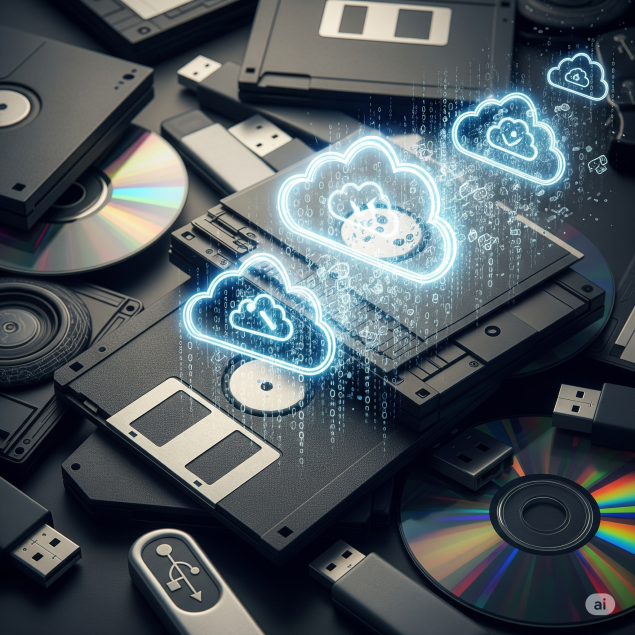
CDs, DVDs, flash drives and even hard drives are gradually being replaced by cloud services. New laptops are often released without optical drives, and many smartphones no longer have memory card slots.
65%
Enterprise data is already stored in cloud services, not physical media
Cloud technologies provide instant access to information from anywhere in the world, automatic backup and unlimited scalability. Services like Google Drive, iCloud and OneDrive have become an integral part of the digital ecosystem.
2025-2027
The complete disappearance of optical discs from mass production
2028-2030
Transition to exclusively SSD storage in consumer devices
2030-2035
Massive transition to quantum storage systems
However, the transition to cloud storage poses new challenges: dependence on the Internet connection, data privacy issues, the risk of losing information when services fail, and geopolitical access restrictions.
5. A traditional clock
Analog clocks with dials and hands are becoming increasingly rare. The younger generation is already having difficulty reading time using classic watches, preferring digital displays of smartphones and smart watches.
Smart watches have evolved from simple chronometers to multifunctional devices: they track health, take calls, pay for purchases and serve as keys for cars. This is a revolutionary transformation of the concept of time.
The Swiss watch industry, a symbol of precision and craftsmanship, has to adapt to new realities. Many traditional manufacturers are starting to produce hybrid models that combine classic design with digital features.
Time is no longer just a dimension, it becomes an interface to the digital world, where every second can carry information about our health, location and plans.
Cultural value:
Despite technological advances, keep at least one classic watch in your home. They not only decorate the interior, but also keep in touch with cultural heritage and develop children’s understanding of the cyclical nature of time.
What to do in an era of change
The disappearance of familiar things is not just a technological evolution, but a cultural transformation that requires a conscious approach. Each generation must decide what to save from the past and what to accept from the future.
Adaptation strategy: Don’t resist change, but don’t completely abandon tradition. Learn to use new technologies while retaining valuable skills and knowledge of the past.
It is important to remember that every disappearance brings something in return. We lose the tactility of physical objects, but we gain unprecedented opportunities for creativity and communication. The task of modern man is to find a balance between the effectiveness of new technologies and the humanity of traditional practices.
The future is here, and it requires us not just to adapt, but to be wise in choosing what is really important to preserve. Let technology serve man, not vice versa.
Glossary
Biometric scanners are devices that identify a person by unique biological characteristics: fingerprints, retina, face shape or voice.
CBDC is the Central Bank Digital Currency, a central bank digital currency that is an electronic form of national currency.
Cloud technology is a model of providing computer services over the Internet, where data is stored and processed on remote servers.
NFC is a short-range wireless communication technology used for contactless payments.
Quantum storage systems are data storage technologies based on the principles of quantum mechanics, providing the highest density and speed of access to information.
A digital ecosystem is an interconnected collection of digital devices, services and platforms that share data and complement each other’s functions.
11 Signs Your Girl Expects Too Much From You
7 Reasons Why You Are Afraid to Start Changing Your Style



